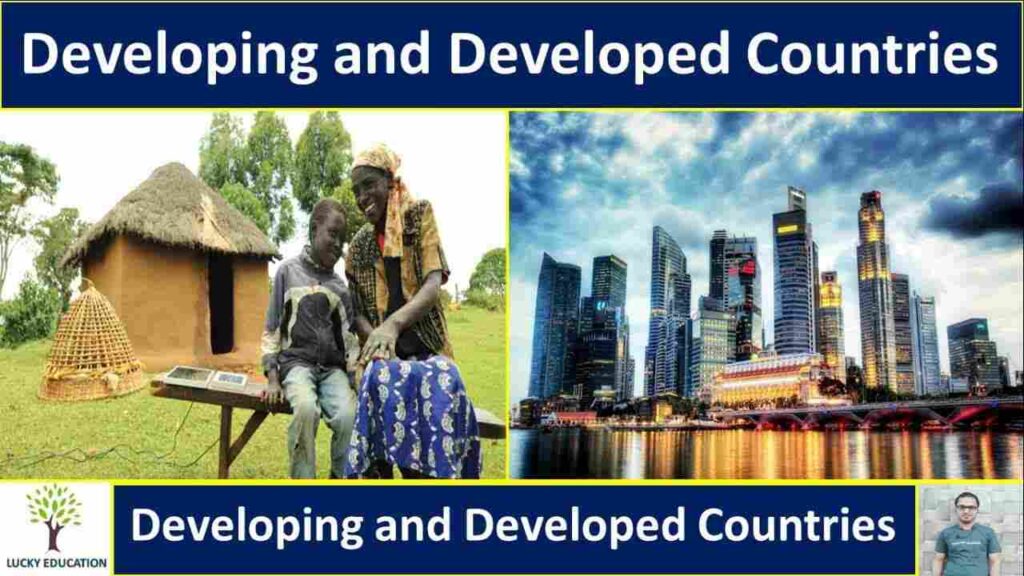
Explore 12 Key Difference between Developed and Developing Countries
Welcome to the enlightening world of understanding the difference between developed and developing countries. In this captivating read, we’ll explore the nuanced factors that distinguish these two distinct economic landscapes. Let’s delve in!
12 Difference between Developed and Developing Countries
There are numerous countries in the world today, all of which are in different stages of development. Despite the temptation to paint all countries with the same colour, it is important to recognise the differences between them. Let’s examine 12 key difference between developed and developing Countries while keeping in mind that these contrasts are relative and may change depending on the situation.
Economic Stability: The stable economies of developed nations are characterised by high income levels, cutting-edge infrastructure, and effective institutions. On the other hand, developing countries experience unstable economies, widening income gaps, and slow infrastructure growth.
Technological Advancement: Developed nations are leaders in cutting-edge research, innovation, and technology, which promotes scientific advancement. In contrast, developing countries frequently find it difficult to keep up because they have trouble accessing and utilising modern technology.
Human Development: Developed nations place a high priority on social welfare, healthcare, and education, which leads to high living standards, a longer life expectancy, and better overall wellbeing. But it is difficult for developing nations to provide their people with high-quality healthcare and education.
Income Disparity: Low income inequality in developed nations ensures a more equitable distribution of wealth. Income inequality is frequently pronounced in developing nations, which causes social and economic imbalances.
Infrastructure: Developed countries are equipped with reliable energy sources, developed transportation networks, and effective communication systems. Contrarily, infrastructure problems in developing nations impede their overall development.
Governance: Developed nations typically have strong legal systems, stable political systems, and open governance structures. Political unrest, corruption, and shoddy institutions may be problems in developing nations that hinder their development.
Environmental sustainability: Developed countries put an emphasis on protecting the environment, spend money on renewable energy sources, and use sustainable practises. Finding a balance between environmental protection and economic growth may be difficult in developing nations.
Access to Resources: Resources: Developed nations have easier access to both natural and human resources, which supports their economies’ expansion and technological advancements. Resources are frequently scarce in developing countries, which hinders their ability to advance.
International Influence: Developed nations have significant international influence because they actively participate in setting global policy and decision-making. It might be difficult for developing countries to make a significant impact on the global scene.
Social Development: Social systems in developed nations are well-established and include gender equality, social protection programmes, and cultural diversity. Social issues in developing nations could include poverty, gender inequality, and a lack of social services.
Life-quality: Developed nations typically provide higher living standards with better access to healthcare, education, and essential amenities. Providing citizens with a similar standard of living may be difficult in developing countries.
Global Connectivity: Developed nations enjoy the advantages of extensive trade networks and international partnerships because they are well-integrated into the global economy. Access to international markets is frequently hampered for developing countries, and trade imbalances exist.
We must keep in mind that progress is not a linear process and that every country has a different path as we try to understand the differences between developed and developing countries. Recognising these differences enables us to promote collaboration, back sustainable development, and work towards a more just world.
Also Read: Explore 12 Key Difference between Consignment and Sale